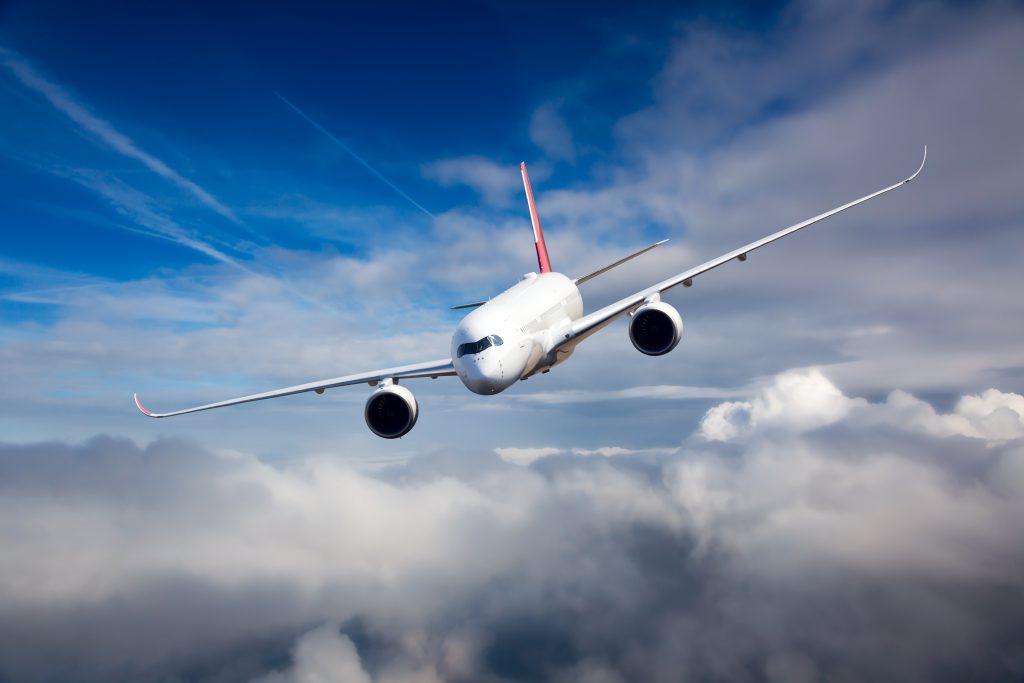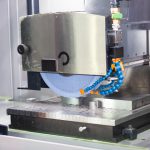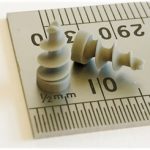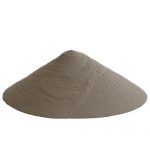Despite decades of radical material innovations in the aerospace sector, including the gradual adoption of advanced ceramics, aviation still operates on basic principles that were established over a century ago.
The modern lift equation determines the lifting potential of an aircraft based on several factors, including its wingspan and size relative to the weight of the craft and its passengers. This formula was established by the Wright brothers, who successfully engineered and constructed the first manned-aircraft in 1903. Aviation experienced an abrupt period of flux and innovation in subsequent years, and while the Wright brothers initially relied on high-strength yet lightweight spruce wood to construct their aerodynamic superstructures, aluminium rapidly overtook wood as the material of choice for aircraft manufacturing.
The aerospace sector is almost unrecognisable from its earliest iterations, but the laws of aeronautic flight remain relatively unchanged. The priority for aerospace engineering remains focussed on utilising cost-effective materials that are both low density and structurally stable under varying thermodynamic conditions. As such, 80% of the world’s aircraft today are still constructed using aluminium – but advanced ceramics are finding increasing application in the aerospace sector.

Advanced Ceramic Components for Space Shuttles and Military Aircraft
The benefits of silicon carbide (SiC) and other advanced ceramic plates and tiling have long been established in the military and astronautic sectors. Advanced ceramic tiling for the exteriors of space shuttle fuselages have become commonplace to ensure optimal thermal shock resistance and enduring chemical stability when entering and exiting the earth’s atmosphere. Ceramic armour plates are also gradually replacing steel protective components in the military sector, providing improved ballistic impact resistance without increasing the weight profiles of low- to high-altitude aircraft.
The benefits of switching from relatively inexpensive aluminium aircraft superstructures are less immediately apparent in the commercial sector compared to the astronautic and defense sectors.
Advanced Ceramics for Aerospace Metal Forming
Commercial aerospace engineering has experienced a pervasive shift towards the use of advanced ceramic components in the metal forming stage of manufacturing. Orbital welding is a unique metal profiling method where a welding arc is continuously rotated around a cylindrical workpiece. This process can be fully-automated to negate human error and provide the most reliable joinery method possible to replace mechanical fittings that can degrade due to sustained thermodynamic stress. These fittings must be connected with outstanding levels of precision, necessitating accurate welding nozzles or gas shrouds capable of withstanding the excessive temperatures of arc welding.
Syalon 101 is an advanced ceramic with a thermal shock resistance of ΔT = 900 °C and a maximum use temperature of 1200°C (2192°F). Gas shrouds fabricated from Syalon 101 are proven to withstand thousands of orbital welding cycles, outlasting even high strength alumina (Al2O3) in plasma welding applications.
Advanced Ceramic Solutions from International Syalons
International Syalons offers a substantial range of advanced ceramic solutions for a broad range of industries, with multiple material families capable of withstanding excessive thermodynamic strain. Our materials are designed to augment and improve the capacities of existing materials to support the constantly innovative attitude of the aviation sector.
If you would like any more information about using our advanced ceramics in the aerospace sector, please do not hesitate to contact us.



